*~ Mano Ya Na Mano ~*
A myth is a sacred narrative in the sense that it hold religious or spiritual significance for those who tell it, and it contributes to and expresses systems of thought and values. Use of the term by scholars implies neither the truth nor the falseness of the narrative. To the source culture, however, a myth by definition is true, in that it embodies beliefs, concepts, and ways of questioning and making sense of the world..
Some of the most familiar wives tales and urban legends, plus some that sound dubious but which turn out to be true. You know them, now lets bust them
.
.
It takes seven years to digest gum: While it may prove a bit more difficult to break down than organic foodstuffs, chewing gum gets no special treatment from the digestive system. Doctors figure this old wives tale was invented to prevent kids from swallowing the rubbery substance.
.
.

.
.
The Great Wall of China is the only man made structure visible from space: There are several variations on this folkloric statement, and they are all quantifiably false. Astronauts can spot the Great Wall from low-Earth orbit, along with plenty of other things like the Giza pyramids and even airport runways. But they cant see the Wall from the Moon.
.
.

.
.
A penny dropped from the top of a tall building could kill a pedestrian: A penny isnt the most aerodynamic of weapons. A combination of its shape and wind friction means that, tossed even from the 1,250-foot Empire State Building, it would travel fast enough merely to sting an unlucky pedestrian.
.
.

.
.
There is no gravity in space: Blame the term zero-gravity for this common misconception. Gravity is everywhere, even in space. Astronauts look weightless because they are in continuous freefall towards the Earth, staying aloft because of their horizontal motion. The effect of gravity diminishes with distance, but it never truly goes away. Oh, and while we are at it, its also untrue that space is a vacuum. There are all kinds of atoms out there, albeit sometimes far apart (and this thin gas adds to the collective gravity budget, too!)
.
.

.
.
Men think about sex every seven seconds: Males are driven to reproduce, evolutionarily speaking, but there is no scientific way of measuring to what extent that desire consumes their everyday lives. Thankfully, for world productivity as a whole, seven seconds seems a gross overstatement, as best researchers can tell.
.
.

.
.
Humans use only 10 percent of their brains: This media darling has been around for at least a century. Fortunately, its just not true. MRI imaging clearly demonstrates ¡§C with fancy colors no less¡§Cthat humans put most of their cerebral cortex to good use, even while dozing.
.
.
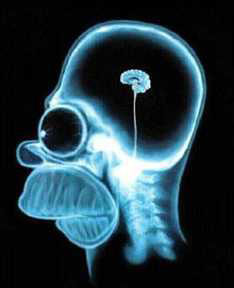
.
.
Water drains backwards in the Southern Hemisphere due to the Earths rotation: Not only is the Earths rotation too weak to affect the direction of water flowing in a drain, tests you can easily perform in a few washrooms will show that water whirlpools both ways depending on the sinks structure, not the hemisphere.
.
.

.
Animals can predict natural disasters There is no evidence that animals possess a mysterious sixth-sense allowing them to predict natural disasters. Their keen senses of smell, hearing, and sharp instincts alone are enough to send them scattering for the hillsides during a hurricane or tsunami. And even so, animals often die during natural disasters, so if they do have some sort of sixth sense, its not worth much.
.
.

.
.
A dogs mouth is cleaner than a humans:

Despite a habit of licking things no human would dare, Fido0„30…4s mouth is often touted as scientifically more sterile. Truth is, oral bacteria are so species-specific that one cant be considered cleaner than the other, just different.
.
.

.
.
Lightning never strikes the same place twice: In fact lightning favors certain spots, particularly high locations. The Empire State Building is struck about 25 times every year. Ben Franklin grasped the concept long ago and mounted a metal rod atop the roof of his home, then ran a wire to the ground, thereby inventing the lightning rod.
.
.

.
.
Yawning is contagious: Empirically, this is tough to deny; perhaps you'll yawn while reading this. The real question is whether theres actually something physiological at work here, and the answer is likely yes: even chimpanzees mimic each others yawns
 .
..

.
.
.
.
In Short
 Amazing Animal Facts Must 2 Know!
Amazing Animal Facts Must 2 Know!.

.
Camels have three eyebrows on their eyes.
.

.
Camels can drink 250 liters og water at one time.
.

.
Polar bears are left pawed.
.
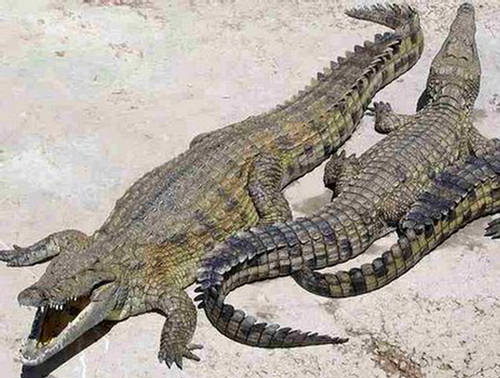
.
Crocodiles cant stick out their tongues.
.
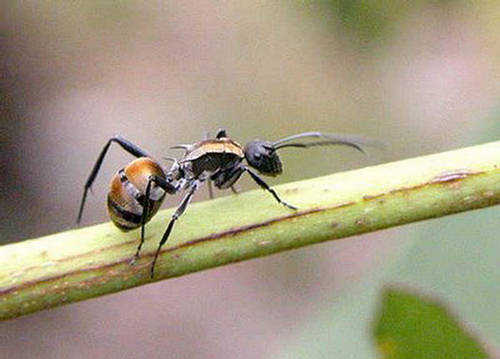
.
Ants never sleep.
.

.
Mosquitoes have 47 teeth.
.

.
Snails have more than 25000
 teeth.
teeth..
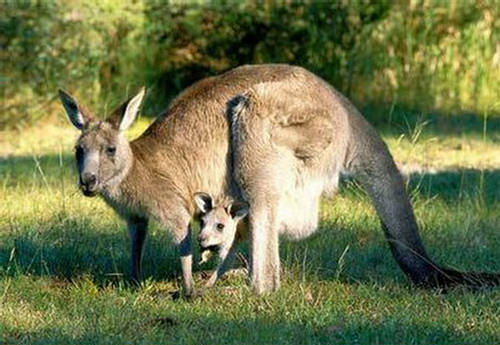
.
Kangaroos cant hop backwards.
.

.
A mature bear can run as fast as a horse.
.

.
The only animal that can burn because of sunlight is a pig.
.

.
Giraffes clean their ears with their tongues.
.

.
Snakes cant hear.
.
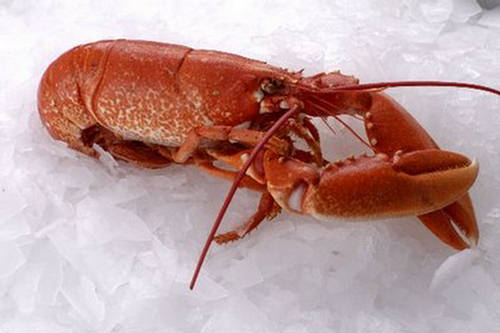
.
The blood of lobsters is blue.

.

.
Snake Can't Sting To A Baby

0 comments:
Post a Comment